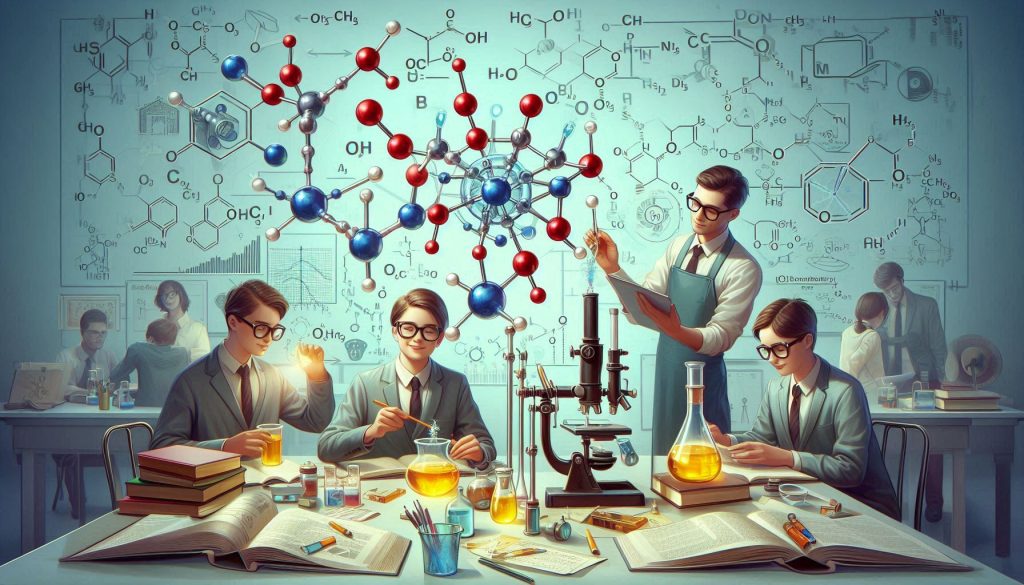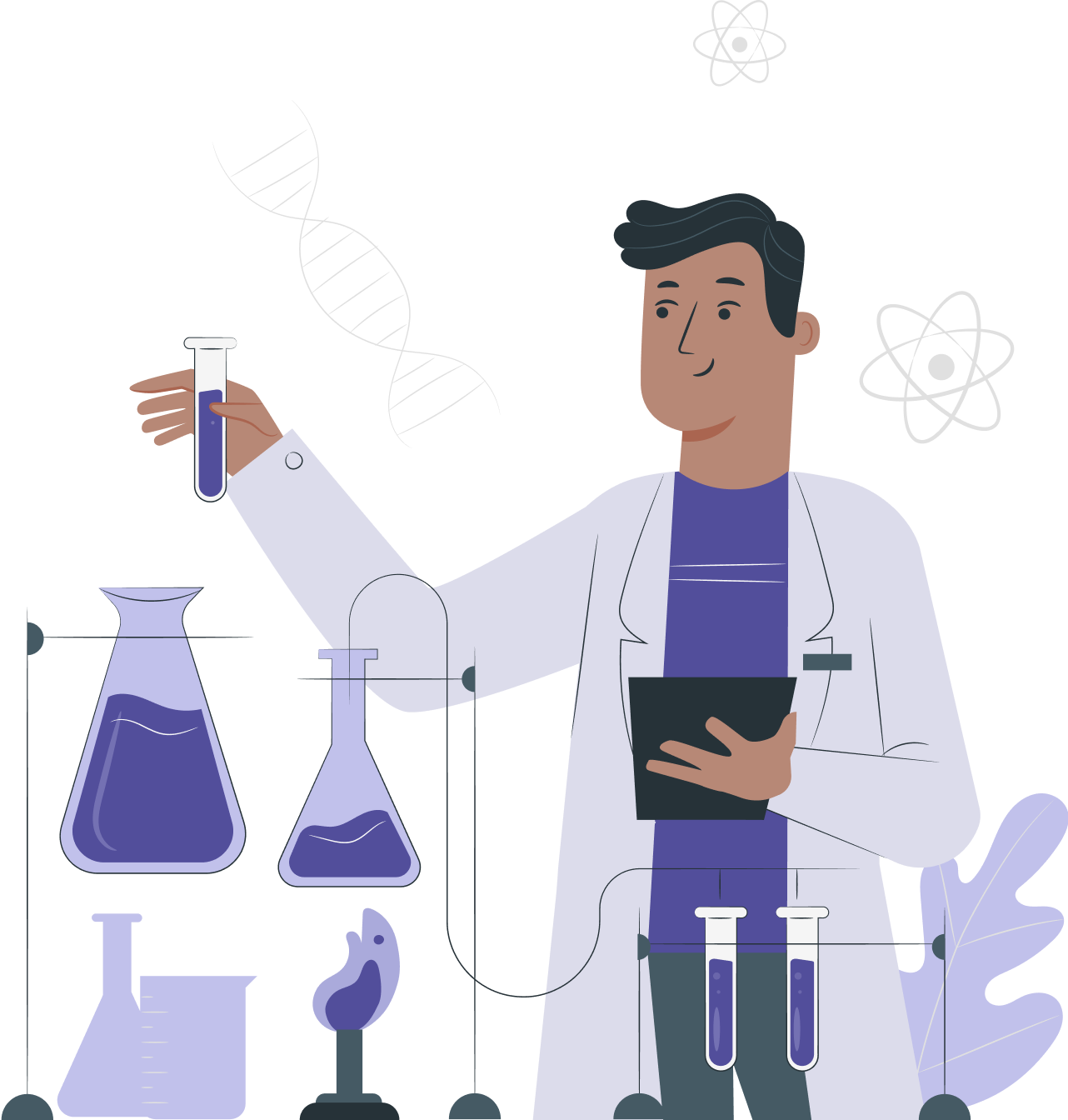Hydrocarbons – Complete Guide For Class 11 Chemistry Chapter 9

Welcome to iPrep, your Learning Super App. Our learning resources for Chapter 9, “Hydrocarbons,” in Class 11 Chemistry are meticulously designed to ensure students gain a comprehensive understanding of this essential topic. These resources include detailed notes on the various types of hydrocarbons, such as alkanes, alkenes, and alkynes, along with their chemical properties and reactions. The study materials also cover the preparation methods and physical properties of these compounds, providing students with a holistic view of their significance in Chemical systems. Additionally, the resources highlight the structural differences and nomenclature rules, helping students to differentiate between various hydrocarbon classes. The inclusion of interactive exercises and real-world examples further aids in solidifying the understanding of these fundamental organic compounds.
The concept of “Hydrocarbons” in Class 11 Chemistry delves into the foundational principles of life by exploring the role these organic compounds play in various Chemical processes. Hydrocarbons, composed solely of hydrogen and carbon atoms, serve as the basic building blocks of many molecules. The study of hydrocarbons helps in understanding the structure and function of cellular membranes, energy storage in the form of fats, and the synthesis of hormones. Additionally, hydrocarbons provide insights into metabolic pathways and the biochemical energy transformations essential for life. The chapter also emphasizes the diversity of hydrocarbon structures, including alkanes, alkenes, alkynes, and aromatic compounds, each with unique properties and functions in living organisms.
Hydrocarbons
are organic compounds consisting exclusively of carbon (C) and hydrogen (H) atoms. They serve as the backbone of organic chemistry, forming the basis of many chemical substances, including fuels, plastics, and pharmaceuticals.
Classification
Hydrocarbons can be broadly classified into the following categories:
- Aliphatic Hydrocarbons: These include alkanes, alkenes, and alkynes.
- Alkanes: Saturated hydrocarbons with single bonds.
- Alkenes: Unsaturated hydrocarbons containing at least one double bond.
- Alkynes: Unsaturated hydrocarbons containing at least one triple bond.
- Aromatic Hydrocarbons: Hydrocarbons containing one or more aromatic rings, such as benzene.
Alkanes
Alkanes are the simplest type of hydrocarbon, consisting only of single bonds between carbon atoms. They are also known as saturated hydrocarbons because they have the maximum number of hydrogen atoms attached to carbon.
IUPAC System of Naming Alkanes
IUPAC System of Naming Alkanes I
- Identify the longest continuous carbon chain. This will determine the base name of the alkane.
- Number the chain starting from the end nearest to a substituent.
- Name and number the substituents. Prefixes are used for identical substituents (e.g., di-, tri-).
IUPAC System of Naming Alkanes II
- Combine the substituents with the base name of the alkane.
- Use commas to separate numbers and hyphens to separate numbers from words.
Preparation of Alkanes
Preparation of Alkanes I
- Wurtz Reaction: An important method involving the coupling of alkyl halides in the presence of sodium in dry ether.
- Reduction of Alkyl Halides: Alkyl halides can be reduced to alkanes using zinc and dilute hydrochloric acid.
Preparation of Alkanes II
- Hydrogenation of Alkenes and Alkynes: Alkenes and alkynes can be hydrogenated to form alkanes using a catalyst like platinum, palladium, or nickel.
- Decarboxylation of Carboxylic Acids: Carboxylic acids can be converted to alkanes by heating with soda lime.
Physical Properties of Alkanes
- Boiling Point: Increases with an increase in molecular weight.
- Melting Point: Alkanes exhibit a systematic increase in melting point with an increase in molecular weight.
- Solubility: Alkanes are insoluble in water but soluble in organic solvents like ether and benzene.
Chemical Properties of Alkanes
Chemical Properties of Alkanes I
- Combustion: Alkanes burn in the presence of oxygen to produce carbon dioxide, water, and heat.
Chemical Properties of Alkanes II
- Halogenation: Alkanes react with halogens in the presence of light to form haloalkanes.
Chemical Properties of Alkanes III
- Cracking: The process of breaking down large hydrocarbon molecules into smaller molecules by heating, often in the presence of a catalyst.
Conformations
Alkanes can exist in different spatial arrangements due to the rotation around the carbon-carbon single bonds. These different arrangements are known as conformations.
Conformational Analysis of Ethane
Ethane is the simplest alkane to show conformational isomerism, mainly in two forms: staggered and eclipsed.
Sawhorse Projection
A method to represent three-dimensional molecules on a two-dimensional plane, showing the spatial arrangement of bonds.
Alkenes
Alkenes are hydrocarbons that contain at least one carbon-carbon double bond. They are also known as unsaturated hydrocarbons.
Structure of Double Bond
The double bond consists of one sigma bond and one pi bond. The sigma bond is formed by the end-to-end overlap of orbitals, while the pi bond is formed by the side-by-side overlap of p-orbitals.
Nomenclature of Alkenes
Nomenclature of Alkenes I
- Identify the longest carbon chain containing the double bond.
- Number the chain from the end nearest the double bond.
Nomenclature of Alkenes II
- Indicate the position of the double bond with the lowest possible number.
Isomerism in Alkenes
Isomerism I
Alkenes exhibit structural isomerism and geometrical isomerism due to the restricted rotation around the double bond.
Preparation of Alkenes
Preparation of Alkenes I
- Dehydration of Alcohols: Alkenes can be prepared by the dehydration of alcohols in the presence of a strong acid.
Preparation of Alkenes II
- Dehydrohalogenation of Alkyl Halides: Alkenes can be formed by the elimination of hydrogen halides from alkyl halides in the presence of a base.
Physical Properties of Alkenes
- Boiling Point: Similar to alkanes, the boiling point increases with molecular weight.
- Density: Alkenes are less dense than water.
Chemical Properties of Alkenes
Chemical Properties of Alkenes I
- Addition Reactions: Alkenes undergo addition reactions with halogens, hydrogen halides, and water.
Chemical Properties of Alkenes II
- Oxidation: Alkenes can be oxidized to form glycols and aldehydes.
Alkynes
Alkynes are hydrocarbons containing at least one carbon-carbon triple bond. They are also known as unsaturated hydrocarbons, similar to alkenes but with a triple bond.
Naming Alkynes
- Identify the longest chain containing the triple bond.
- Number the chain from the end nearest the triple bond.
Structure of Alkynes
The triple bond consists of one sigma bond and two pi bonds.
Isomerism in Alkynes
Isomerism II
Alkynes can exhibit structural isomerism similar to alkenes.
Preparation of Alkynes
Alkynes can be prepared by dehydrohalogenation of dihalides or by partial oxidation of alkenes.
Physical Properties of Alkynes
- Boiling Point: Generally higher than alkanes and alkenes due to the linear structure.
- Solubility: Insoluble in water but soluble in organic solvents.
Chemical Properties of Alkynes
Alkynes undergo addition reactions similar to alkenes but can also undergo polymerization and oxidation.
Aromatic Hydrocarbons
Aromatic hydrocarbons contain one or more aromatic rings, such as benzene. They have unique chemical properties due to the delocalized electrons in the ring structure.
Isomerism in Aromatic Hydrocarbons
Aromatic hydrocarbons can exhibit isomerism, especially in substituted benzene compounds.
Nomenclature of Aromatic Hydrocarbons
Naming aromatic compounds often involves the use of special names like toluene, phenol, etc., and the use of prefixes for substituted compounds.
Structure of Benzene
Benzene has a hexagonal structure with alternating double and single bonds, known as resonance structures.
Resonance and Aromaticity
Resonance in benzene contributes to its stability, and aromaticity is a property of cyclic, planar structures with a delocalized pi electron cloud.
Preparation of Benzene
Benzene can be prepared by various methods including the decarboxylation of aromatic acids.
Physical Properties of Benzene
- Boiling Point: Lower than alkanes due to the lack of hydrogen bonding.
- Solubility: Insoluble in water but soluble in organic solvents.
Chemical Properties of Benzene
Chemical Properties I
- Electrophilic Substitution Reactions: Benzene undergoes substitution reactions rather than addition reactions, preserving its aromaticity.
Chemical Properties II
- Sulfonation, Nitration, and Halogenation: These are common electrophilic substitution reactions in benzene.
Directive Influence of a Functional Group in Monosubstituted Benzene
Directive Influence I
Substituents on benzene can be electron-donating or electron-withdrawing, influencing the position of new substituents.
Directive Influence II
- Ortho/Para Directors: Electron-donating groups generally direct new substituents to the ortho and para positions.
- Meta Directors: Electron-withdrawing groups direct new substituents to the meta position.
Carcinogenicity and Toxicity
Some aromatic hydrocarbons are known to be carcinogenic and toxic, highlighting the need for careful handling and use.
Conclusion
In conclusion, Chapter 9 – Hydrocarbons serves as a fundamental building block for understanding CBSE Class 11 Chemisry. From alkanes, alkenes, and alkynes to aromatic hydrocarbons, this chapter provides insights into the structure, nomenclature, and properties of these essential compounds. Mastering the content in Chapter 9 – Hydrocarbons not only lays the groundwork for more advanced topics in chemistry but also helps students appreciate the real-world applications of these organic compounds in industries like energy, pharmaceuticals, and materials science. With iPrep’s rich learning resources, students can easily grasp the complexities of Chapter 9 – Hydrocarbons and solidify their understanding for future success in chemistry.
Practice questions on Chapter 9 - Hydrocarbons
Get your free Chapter 9 - Hydrocarbons practice quiz of 20+ questions & detailed solutions
Practice Now








